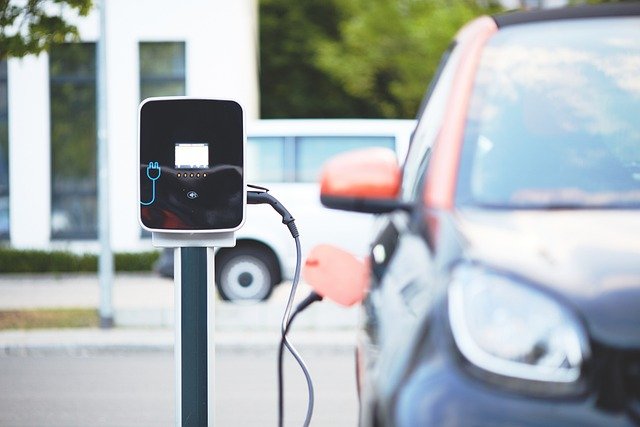Harnessing the Power of Waste Heat Recovery in Automotive Engines
In the relentless pursuit of efficiency, automotive engineers are turning their attention to an often-overlooked resource: waste heat. As vehicles traverse highways and city streets, a significant portion of the energy produced by their engines is lost as heat. But what if we could capture this wasted energy and put it to good use? Welcome to the world of automotive waste heat recovery systems, a cutting-edge technology that promises to revolutionize fuel efficiency and reduce emissions in the vehicles of tomorrow.

The Thermodynamic Challenge
At its core, an internal combustion engine is a heat engine. It converts chemical energy from fuel into mechanical energy to propel the vehicle. However, this process is far from perfect. In fact, only about 30-40% of the energy in gasoline is converted into useful work. The rest is lost as heat through the exhaust system and engine coolant.
This inefficiency has long been accepted as an unavoidable consequence of thermodynamics. But as environmental concerns grow and fuel prices fluctuate, engineers are increasingly focused on squeezing every last drop of efficiency from our engines. Waste heat recovery systems represent a promising frontier in this quest.
The Thermoelectric Solution
One of the most promising approaches to waste heat recovery in automobiles is the use of thermoelectric generators (TEGs). These solid-state devices exploit the Seebeck effect, a phenomenon where a temperature difference between two different semiconductor materials creates an electric voltage.
In an automotive application, TEGs are typically placed in the exhaust system, where they can capture heat that would otherwise be lost to the environment. As hot exhaust gases flow over one side of the TEG and cooler air flows over the other, the temperature difference generates electricity.
This electricity can then be used to power the vehicle’s electrical systems, reducing the load on the alternator and, by extension, the engine. The result? Improved fuel efficiency and reduced emissions.
The Rankine Cycle: Turning Heat into Motion
While thermoelectric generators are making waves, they’re not the only game in town when it comes to waste heat recovery. Another promising technology is the Rankine cycle system, which operates on principles similar to those used in power plants.
In a Rankine cycle system, waste heat from the engine is used to vaporize a working fluid (typically water or an organic compound with a low boiling point). This vapor then drives a turbine, which generates electricity or provides mechanical power directly to the vehicle’s drivetrain.
The advantage of Rankine cycle systems is their potential for higher efficiency compared to TEGs, particularly at higher temperatures. However, they are also more complex, requiring additional components like pumps and condensers.
Challenges and Future Prospects
Despite their promise, waste heat recovery systems face several challenges on the road to widespread adoption. Weight is a significant concern, as additional components can offset fuel efficiency gains. Cost is another factor, with the expense of these systems currently outweighing their benefits for many applications.
There’s also the challenge of integration. Waste heat recovery systems must be seamlessly incorporated into existing vehicle designs without compromising performance or reliability. This requires close collaboration between system developers and automobile manufacturers.
However, as technology advances and production scales up, these hurdles are gradually being overcome. Some luxury and high-performance vehicles are already incorporating waste heat recovery systems, paving the way for broader adoption in the coming years.
The Ripple Effect: Beyond Fuel Efficiency
The impact of waste heat recovery systems extends far beyond simple fuel efficiency gains. By reducing the load on the engine, these systems can potentially extend engine life and reduce maintenance costs. They also offer the tantalizing possibility of downsizing engines without sacrificing performance, as recovered energy can supplement engine output during high-demand situations.
Moreover, as vehicles become increasingly electrified, waste heat recovery systems could play a crucial role in extending the range of electric and hybrid vehicles. By reducing the power demand on batteries, these systems could help address one of the key limitations of electric vehicles: range anxiety.
In conclusion, waste heat recovery represents a fascinating frontier in automotive engineering. By tapping into a previously neglected energy source, these systems promise to make our vehicles more efficient, more environmentally friendly, and potentially more powerful. As we drive towards a future of sustainable transportation, waste heat recovery may well be the key to unlocking new levels of automotive performance and efficiency.





